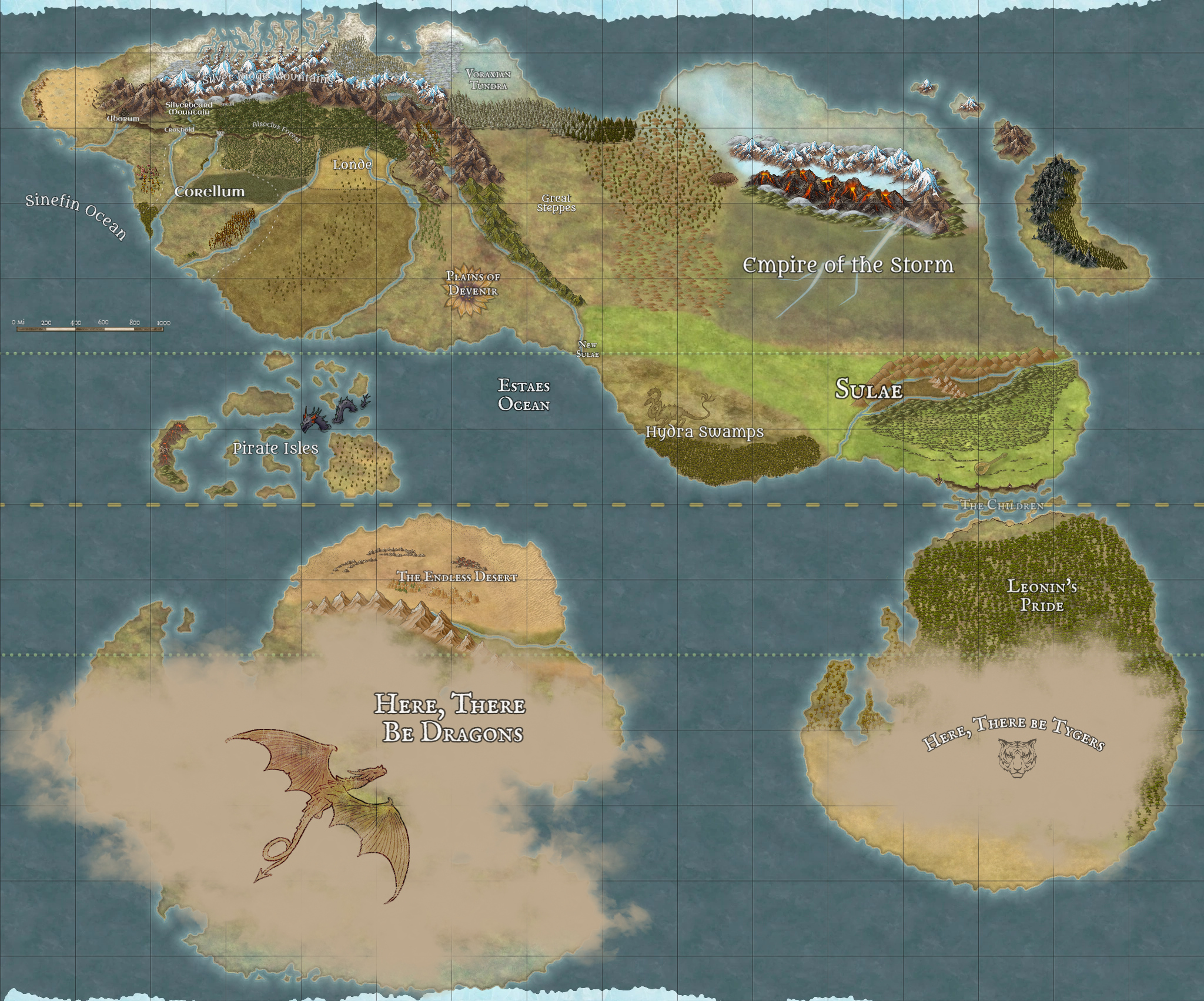Kaderian
Naming Traditions
Feminine names
The perennially most common name is Zanya, or Fatine, or a variation of either. Other common names are Alal, Dilara, Liyan, Narin, Rezin, or Sidar.
Masculine names
The most common male names are Zan, Fatim, or variations on either. Other common names include Adem, Deniz, Eylo, Gorkam, Kaan, Sirvan, or Yaran.
Family names
Many family names came from a notable ancestor. Children would attach the prefix 'Bar-' for "daughter of" or the suffix "-adi" for son of, to the name of either parent. If the parent was noteworthy, this name form was passed down to their children. Thus, the name Barzan or Zanadi would both indicate a claimed lineage from Zan the Honorable.
Orphans, or bastards, end up with names based on either where they are from, or what they do. Carridans, Maligs, and Sahils abound.
Culture
Major language groups and dialects
The Hellonde dialect of Common is the predominant language among the Kaderian. It is close enough to the Hellion dialect to communicate, although there are enough differences that details should be confirmed. The most notable differences are the way conjugating tenses are handled, and Hellonde tends to use less action oriented language.
The next most common language known is Gnomish. They gnomes are their largest trading partner, and so the language is a common one to learn to help with business deals.
Shared customary codes and values
The most important tradition among the Kaderian is the bond of host and guest creating by the sharing of bread. In a public setting, the sharing of bread is an indication of peace for the encounter. This was once important, when merchant clans fought deadly wars over territory, and has held on as tradition. Whenever people gather, there is a shared bread in some form. Pretzels in taverns, created in very long strips and cut to pieces, are left on tables to be eaten by all, enforcing the social contract.
The personal host and guest relationship is much more important. When a guest visits a home, the host offering bread is offering protection and shelter for three days; the guest, by accepting, is agreeing to do no harm to the host for the same time. While the public offering does not create a true obligation, the private one does. A host allowing harm to come to - or, far worse, causing harm to - a guest will leave them disgraced in the eyes of others, and liable under the law. The only defense is that of the only crime worse, the guest who has eaten the bread betraying the host.
Common Etiquette rules
It is expected to both wish others to be touched by Fate, as well as to credit Fate with any successes one has. "May Fate guide you" is a common farewell, and "Fate has blessed me" a common response to compliments.
Common Dress code
The heat of the desert drives the way people dress. In the hottest months, the temperature can reach nearly 50 degrees, and clothing has to reflect surviving the heat. They create a fiber from the webs of the giant trapdoor spiders that are prevalent in the area, which they weave into an incredibly fine and light fabric. Both men and women dress head to toe in flowing garments. The fabric protects them from the harmful rays of the sun, while allowing for the desert winds to dry their sweat and keep them cool.
Ideals
Beauty Ideals
For men, beauty is most often found in the shape of the head, the strength of the jaw, and width of the mouth. The round, smooth head is ideal, and most keep their heads shaven to show off. Those who do not shave regularly tend to be looked down on. The jaw should be square and wide - beards sometimes enhance the jawline, but it is a fine line between enhancing and hiding. Mouths are expected to be wide and full lipped, leaning towards smiling. Mustaches are generally used to cover deficiencies here as well. Makeup to make the mouth seem wider, or smooth out the head, are common among the merchant class.
For women, long hair, detached earlobes, and wide but short noses with a downward point at the tip. Hair is commonly braided, and often waist long or longer. Golden earrings accentuate the ears, and those with attached earlobes often cut the lobes away. Golden rings, or gems on studs, often pierce the nostrils to accentuate the shape.
Courtship Ideals
Marriages are arranged to a degree, although not nearly as tightly as in some cultures from the rest of Hellonde. Groups of parents, usually united by a church or merchant group, will bring all of their unmarried children together on one of he equinoxes for a courting party. There is constant jockeying to ensure that their children are improving their lot, and in identifying who they should be pursuing to make the best match. But the element of Fate is respected in making the match, and the children are allowed to pair up as they see fit from the group.
Relationship Ideals
Relationships are often seen as pathways to power, and the ideal relationship is one where both parties help to catch the eye of Fate and increase the status of the family. The ideal relationship would be one in which each partner brought a different talent to the venture. Children are hoped to inherit the talents of both, helping to make the family stronger across the generations.
This, along with the courtship rituals, applies most strictly to the merchant and noble classes. It is much looser in the lower levels of society, where the cutthroat nature of upper society is not at play. Relationships built on general compatibility, or love, are much more likely.


Comments